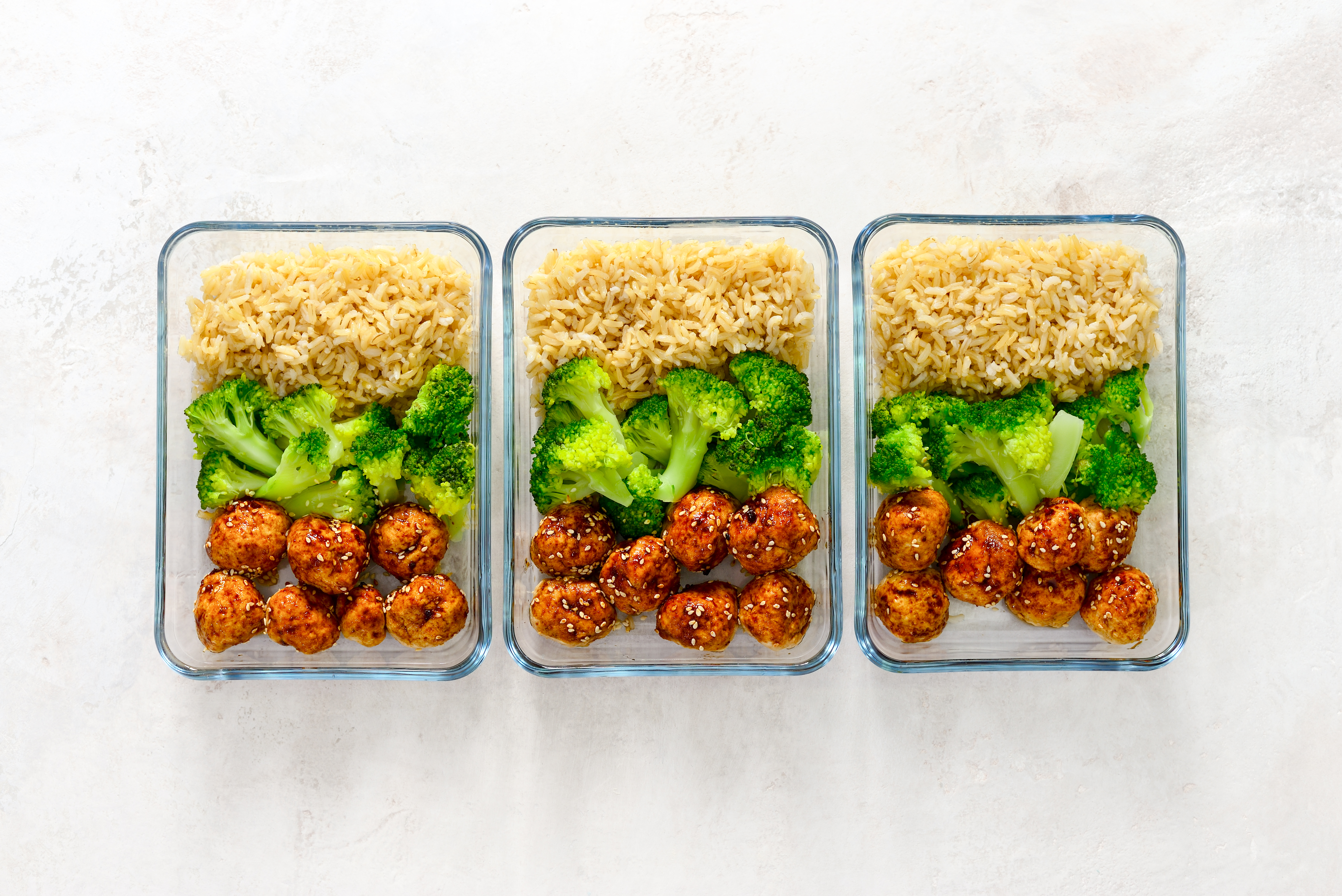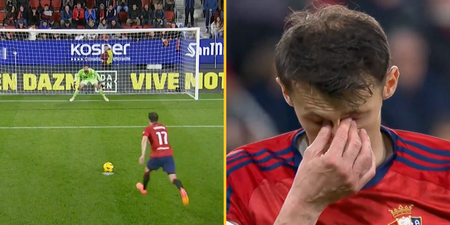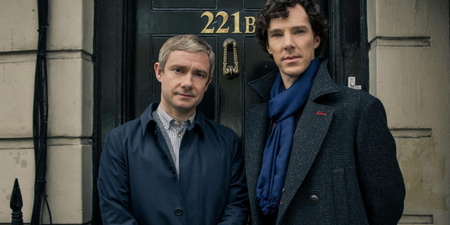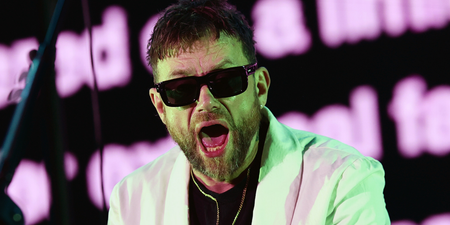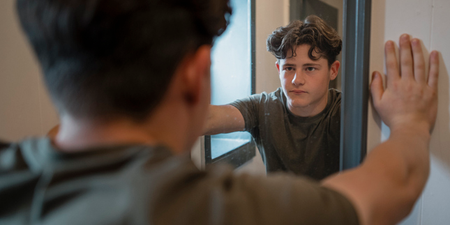When you begin a workout plan, the first thought you’ll probably have is ‘when will I start seeing results?’
There’s no shame in wanting to get ripped quick. Lifestyles are busier now than ever, so you’ll undoubtedly want rapid results from time spent in the gym.
Cutting corners can prove counterproductive, however, so how long before you can expect to see visible abs or bigger biceps?
JOE asked two expert fitness coaches for their advice.
Experience is everything
Elite performance specialist Luke Worthington says: “The answer to this is [as it is to most issues in health and fitness] ‘it depends’.
“To a certain extent, progress depends upon your ‘training age’ – how long you’ve been involved in a regular exercise regime.”
Worthington says newbies are likely to experience more rapid changes when compared to an experienced lifter.
“The progress you make as a gym newbie is the quickest and most dramatic you will ever make – so embrace it and enjoy it as it doesn’t last forever!”
These thoughts are echoed by Dave Thomas, trainer and co-founder of The Foundry gym. He says: “I’ve seen young male clients who’ve never lifted a weight before stacking on 10kg of muscle mass in 12 weeks without any magic programming or nutrition.”
You only have to look at top athletes to realise that advanced results depend on small margins.
“It’s safe to say Usain Bolt doesn’t expect to keep taking half seconds off his 100m time”, Worthington says.
Goal-dependent gains
Worthington, who counts celebrities and sport stars among his clients, has laid out a general rule for getting results from your workout plan.
“With regards to progress, I work with my clients on sustainable change. Typically, this means working towards a fat loss target of 1% of body weight per week.”
Such a small figure is achievable and easily implemented into your lifestyle with little cost to work or social life.
“This is achieved by a calorie deficit of no more than 20%”, Worthington continues.
Suppose you need 2500 calories to maintain your weight, you’d only need to consume around 2000-2250 calories to start shedding fat.
In terms of building muscle, you may have to wait a little longer for t-shirt tearing triceps. But they’ll still arrive under similar principles.
“Muscle gain is a much slower process, so aim for a target of adding 1% of body weight per month achieved by a calorie surplus of no more than 20%.”
For the gym-goer who needs 2500 calories to maintain weight, this would involve eating 2750-3000 calories over four weeks.
How do you notice progress?
According to Thomas, there are better ways of judging progress than just looking at the scales.
“Make sure you’re tracking progress in a measurable way with photos, clothing or body composition measurements.”
The best measurements include:
- Level of lean mass
- Body fat percentage
- Waist, hip and thigh measurements
Most smart scales now include these features built in.
“Also, make sure your training is consistent and progressive and includes some performance indicators. If you’re lifting the same amount after 12 weeks, or running the same times, you’re unlikely to be making the physical changes you seek.”
Consistency is key. It’s less about having good or bad days, and more about adhering to your plan over weeks and months.
Read more:
- England Rugby nutritionist on the essential muscle-building foods you need
- Seven ways to boost your metabolism for better fat loss
- The East London boxing gym where your workouts are written on the wall
- Looking to lose weight? Crush your cravings with these five tips
- Vegan bodybuilder explains how he built muscle without meat
- Anthony Joshua shares his favourite fitness snacks



